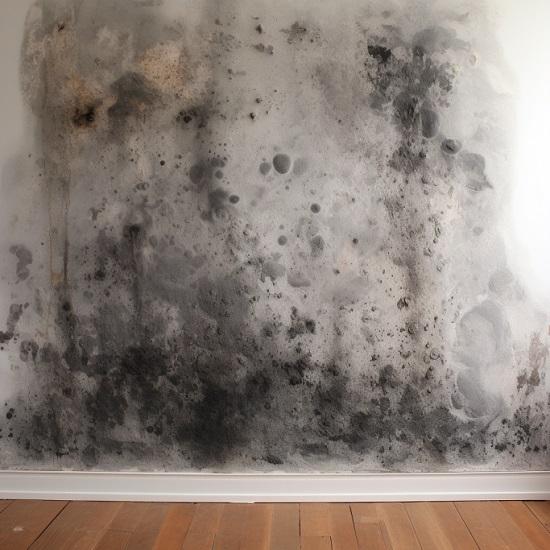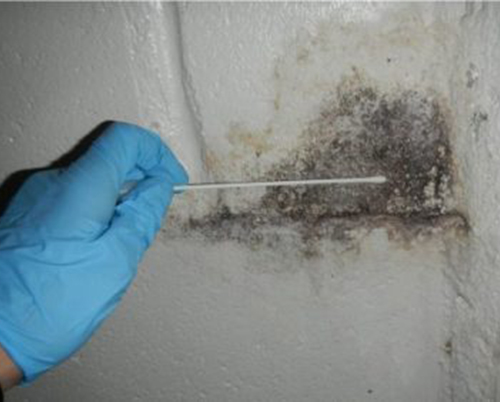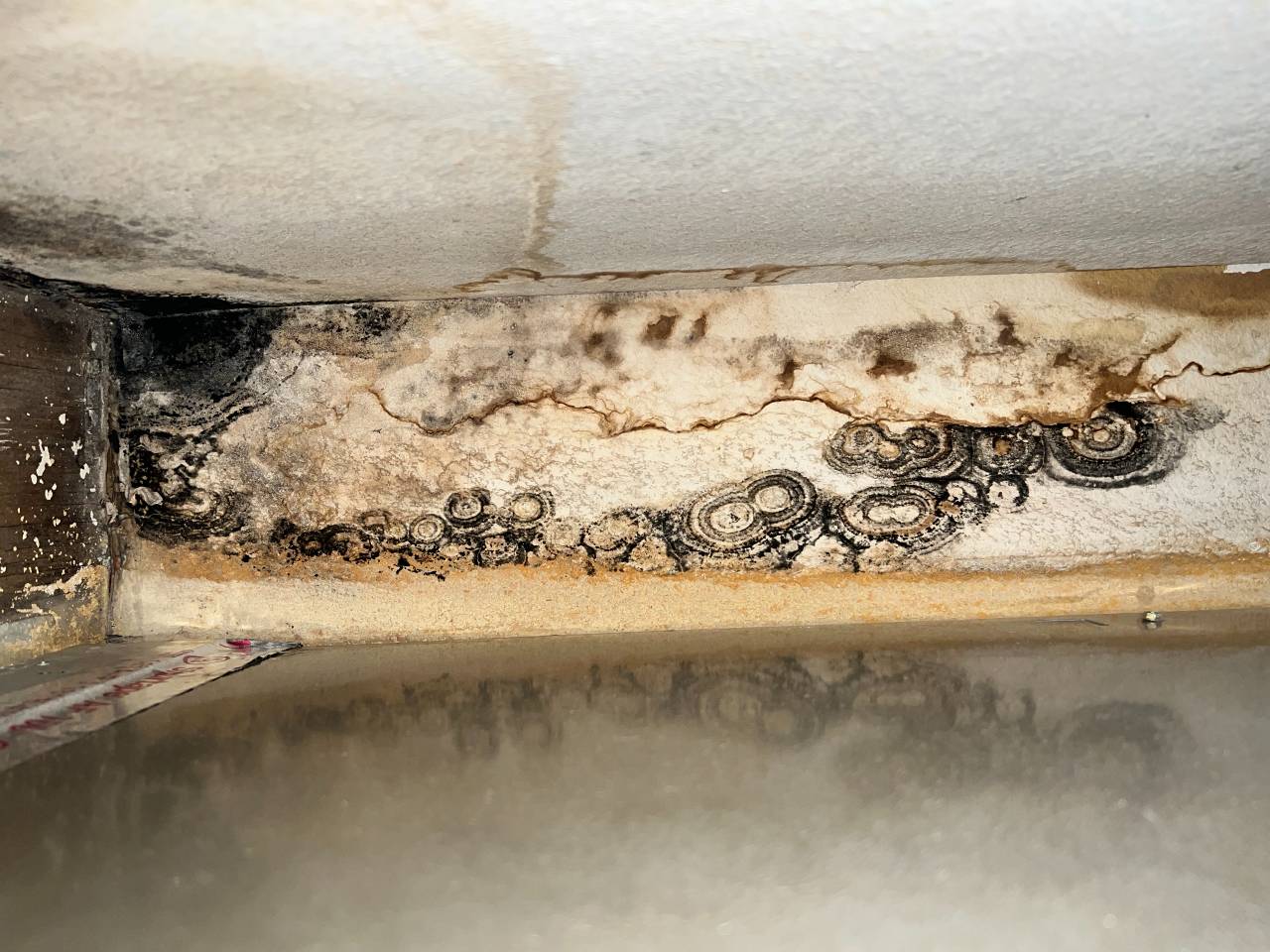Effective Post Mold Remediation Cleaning Protocols
Effective Post Mold Remediation Cleaning Protocols
Blog Article
Your Ultimate Overview to Article Mold Remediation Strategies
Navigating the world of post-mold remediation methods is a thorough procedure that demands focus to detail and a detailed understanding of the intricacies included. In the aftermath of mold and mildew infestation, understanding how to successfully get rid of the mold and avoid its reoccurrence is paramount for preserving a healthy interior environment. From choosing the ideal cleansing and disinfecting techniques to carrying out approaches for long-term mold prevention, each action in the remediation trip plays a crucial role in guaranteeing a successful result. As we begin on this expedition of post-mold removal strategies, we will certainly reveal the key strategies and finest methods that can assist you recover your area to its pre-mold condition and guard it versus future mold and mildew threats.
Comprehending Post-Mold Remediation Process
After completing the mold remediation procedure, it is crucial to recognize the post-mold removal techniques that are needed to make certain a efficient and detailed cleanup. When the mold and mildew has actually been gotten rid of, the next step involves cleaning and sanitizing the affected areas to protect against any regrowth of mold. This includes using specialized cleaning up agents to wipe down surfaces and kill any remaining mold spores. It is important to dry out the location totally to prevent the development of mold and mildew in the future (testing air quality after mold remediation). Proper ventilation and dehumidification can aid in this process.
In addition, performing a final inspection post-remediation is vital to make certain that all mold and mildew has been efficiently removed. This evaluation should entail a thorough aesthetic check in addition to possibly air tasting to confirm the lack of mold and mildew spores in the air. Extra removal may be needed if the inspection exposes any sticking around mold. Last but not least, informing owners on precautionary steps such as controlling dampness levels and promptly dealing with any kind of water leaks can help keep a mold-free environment.
Efficient Cleaning Up and Sanitizing Techniques

Protecting Against Future Mold And Mildew Development

Importance of Proper Air Flow
Appropriate ventilation plays an important duty in stopping moisture build-up, a crucial aspect in mold development within indoor environments. Reliable ventilation systems aid get rid of excess humidity from the air, reducing the chances of mold and mildew spores discovering the dampness they need to germinate and spread out. Without ample ventilation, indoor rooms can come to be a breeding place for mold, causing prospective health threats and structural damages.
By guaranteeing correct air flow, ventilation systems can additionally help in drying damp locations quicker after water damage or flooding occurrences, further hindering mold development. After mold remediation. Precede like bathrooms, basements, kitchen areas, and attic rooms where moisture levels often tend to be higher, mounting and maintaining efficient air flow systems is essential in protecting against mold problems

Monitoring and Maintenance Tips
Given the vital role that correct air flow plays in protecting against mold and mildew development, it is vital to establish reliable monitoring and maintenance ideas to make sure the ongoing functionality of ventilation systems. Tracking moisture levels within the residential or commercial property is additionally vital, as high humidity can add to mold development. By remaining positive and attentive to the condition of air flow systems, residential or commercial property proprietors can effectively After mold remediation alleviate the risk of mold regrowth and keep a healthy indoor atmosphere.
Conclusion
Finally, post-mold removal techniques are vital for ensuring a tidy and secure atmosphere. Recognizing the process, carrying out reliable cleaning and sanitizing techniques, protecting against future mold growth, maintaining proper ventilation, and routine tracking are all vital action in the removal procedure. By following these guidelines, you can successfully get rid of mold and avoid its return, functioning or promoting a healthy living space for all owners.
In the aftermath of mold and mildew infestation, knowing how to effectively eradicate the mold and stop its reoccurrence is vital for preserving a healthy and balanced indoor atmosphere. Once the mold has been removed, the next step involves cleansing and decontaminating the influenced locations to avoid any kind of regrowth of mold and mildew - Post Mold Remediation Report. After eliminating noticeable mold and mildew growth, it is crucial to cleanse all surfaces in the affected location to eliminate any kind of staying mold spores. To better improve mold avoidance procedures, it is vital to address underlying concerns that at first led to mold development.Offered the important function that appropriate ventilation plays in protecting against mold and mildew growth, it is necessary to develop reliable monitoring and maintenance ideas to guarantee the continued capability of ventilation systems
Report this page